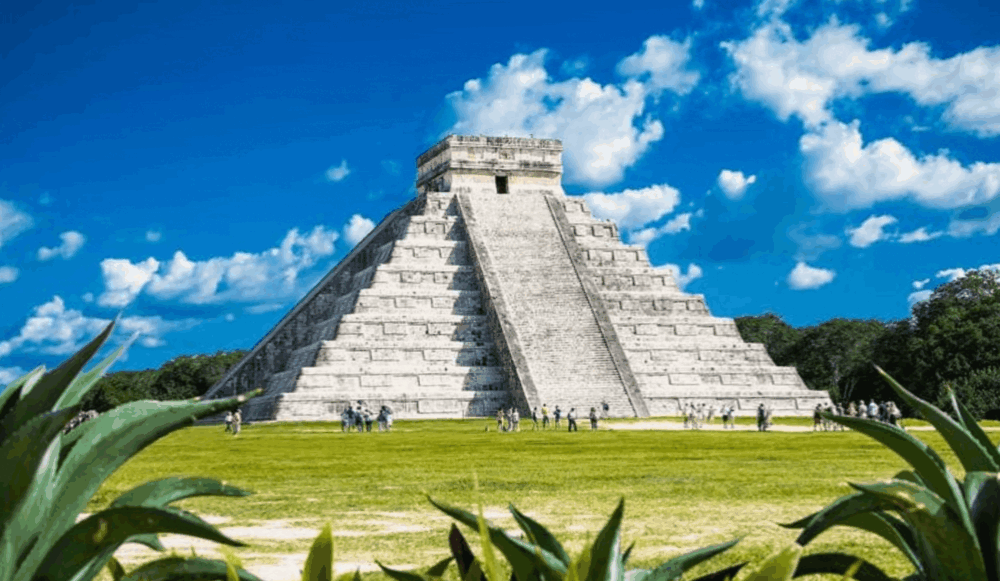
Spanish-Speaking Countries: Mexico
Embark on a linguistic journey through the vibrant Spanish-speaking countries, starting with the culturally rich nation of Mexico. For Houston residents eager to immerse themselves in Spanish language learning, exploring the diversity of Spanish-speaking countries provides invaluable insights. Join us as we delve into Mexico's language, culture, and geography, and consider enrolling in Houston Spanish language classes to enhance your learning experience.
Welcome to a new series of articles related to culture, geography, foods and more. Here you will learn more about Spanish speaking countries of the world. In this first installment, we start with the country that has the largest number of Spanish speakers in the world: Mexico.
MEXICO
This country has the largest number of Spanish-speakers in the world. It belongs to the group of North American countries, along with Canada and the United States, but it also belongs to the group of countries that make up Latin America.
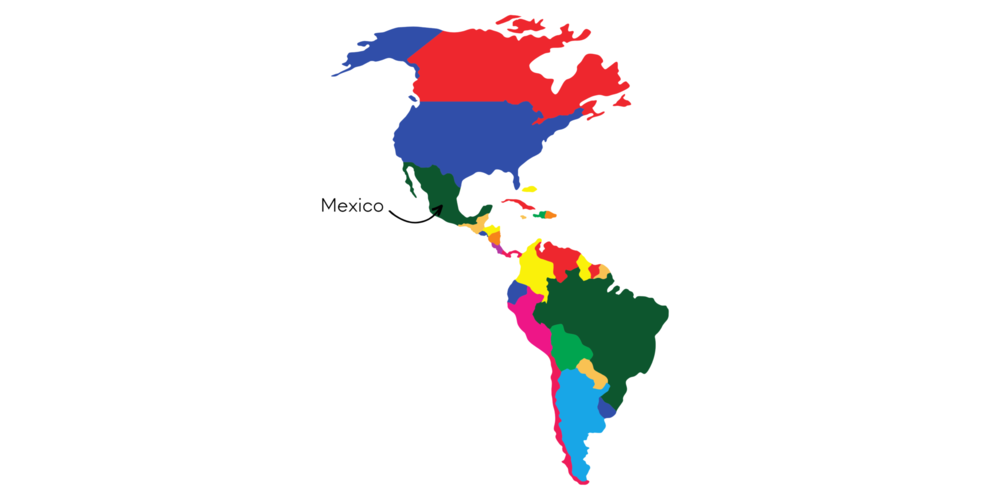
It has an area of 1,964,375 km², making it the thirteenth largest country in the world and the third largest in Latin America. The country’s coasts are bordered to the west by the Pacific Ocean and to the east by the Gulf of Mexico and the Caribbean Sea. It is made up of 31 states and a capital city.
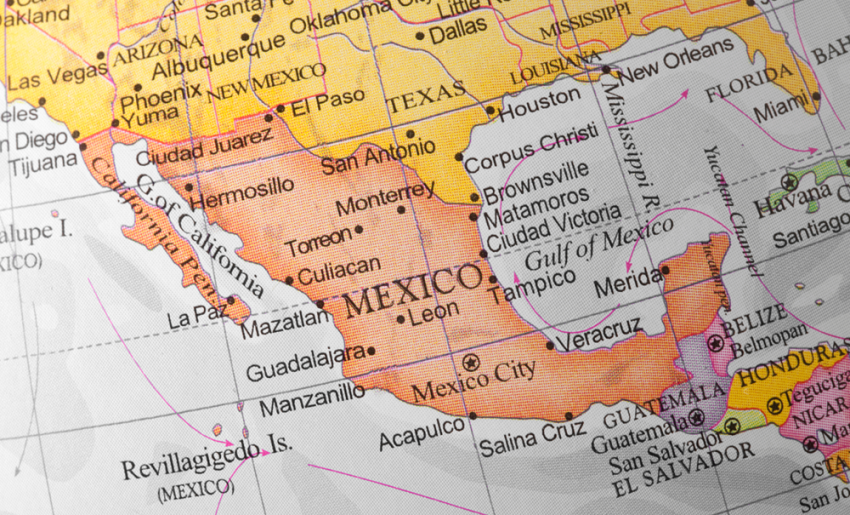
According to the last census carried out in 2021, Mexico is the tenth most populous country in the world, with an estimated population of more than 130 million people.
There are 68 native indigenous languages and around 287 linguistic varieties spoken. This data makes Mexico the seventh country with the greatest linguistic diversity in the world.
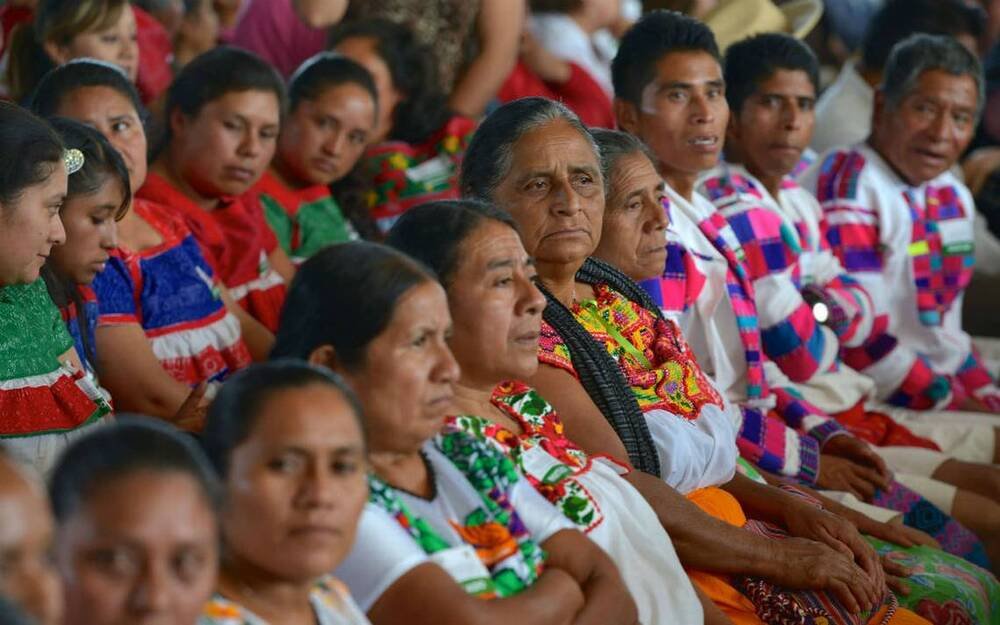
Mexico is famous for its food, culture, and tourist destinations.
It has 15 different climates throughout the country, with jungles, mountains, deserts, snowy areas in winter, beaches, peninsulas, islands, reefs, etc.

Its capital is Mexico City and it is located in the center of the country. In 2020, the population was estimated at 9,209,944 people, which represents 7.3% of the total for the entire country, which makes it the second most populous federal entity behind the State of Mexico. If you consider the entire metropolitan area of the Valley of Mexico as its largest city, then it has a total of 21,804,515 people, which makes it the largest urban conglomeration in the Spanish-speaking world, and the eighth largest and most populous conglomeration in the world.
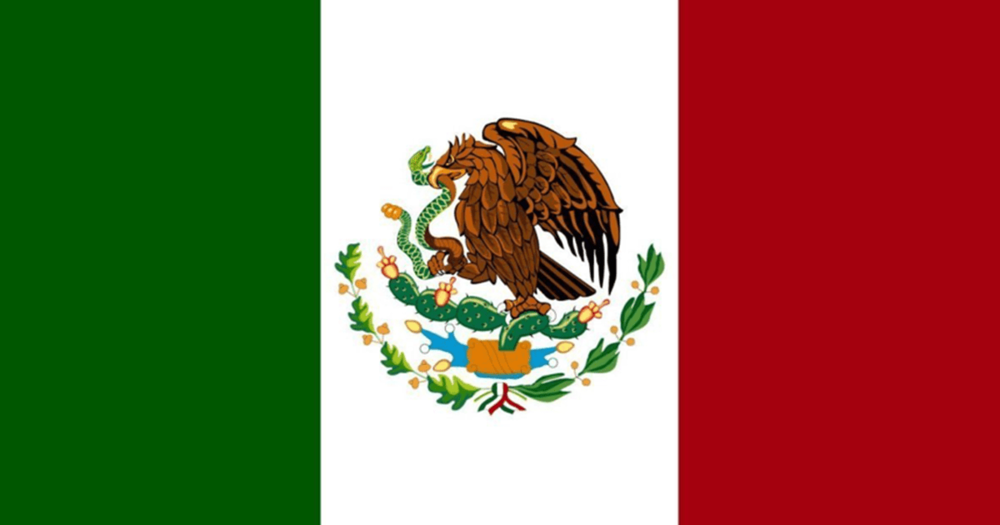
Mexico’s flag has the colors green, white, and red, along with the symbol of an eagle devouring a snake perched on a cactus. This is originally from the Mexica or Aztec culture and represented the sign of the god Huitzilopochtli, who founded his capital city and called it Mexico City.
Typical foods found in Mexico are,: Tacos, which have many types. Enchiladas, pozole, mole, tamales, quesadillas, guacamole, tortas etc.
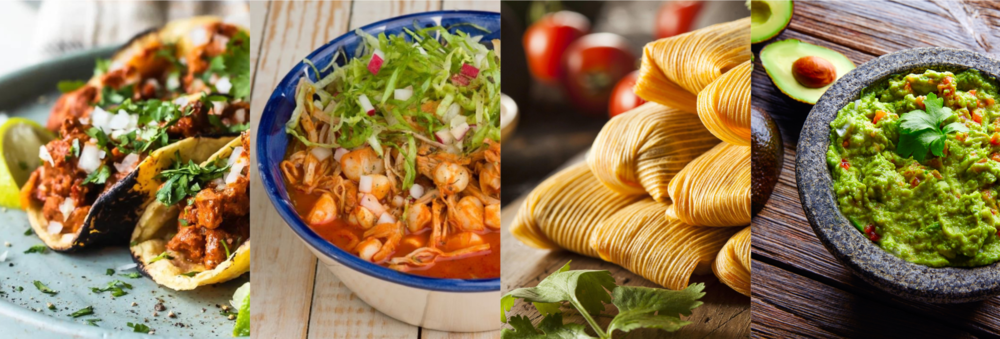
Its main exports are: beer, avocado, tomato, beans, peanuts, tequila, citrus, auto parts and copper.
Some of the most well-known places are: Mexico City, Cancun, Tulum, Los Cabos, Puerto Vallarta, and Acapulco.
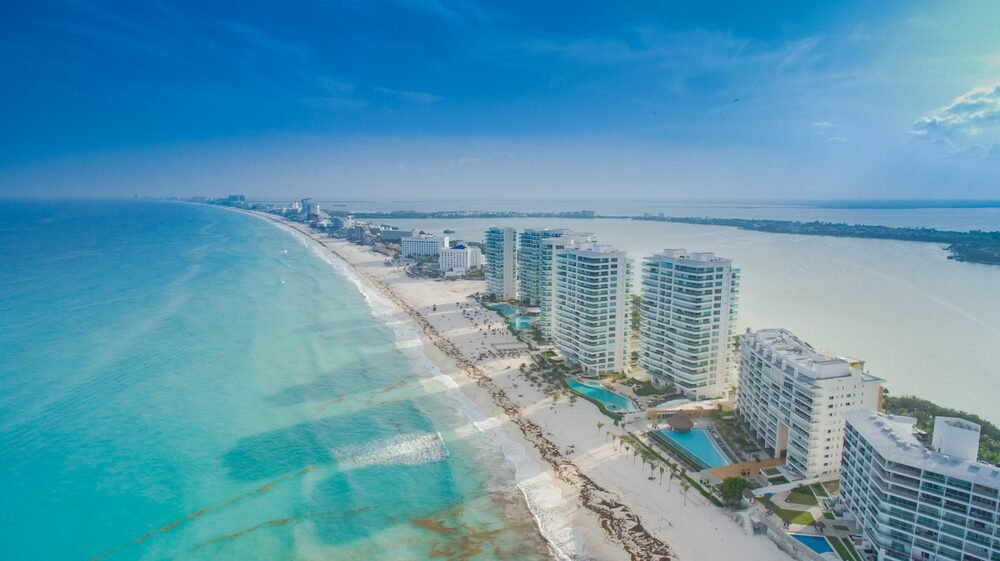
Mexico has a very defined and rich culture, with pre-Hispanic peoples and a Hispanic heritage. You can see this in their foods, language, architecture, etc.
The country has 187 archaeological zones that are open to the public where you can find abandoned buildings from pre-Hispanic peoples like the Aztecs, Mayas, Mixtecs, Zapotecs, etc. Some of them are also Chichén Itzá, Teotihuacán, Tulum, Palenque, Tajín, Templo Mayor etc.
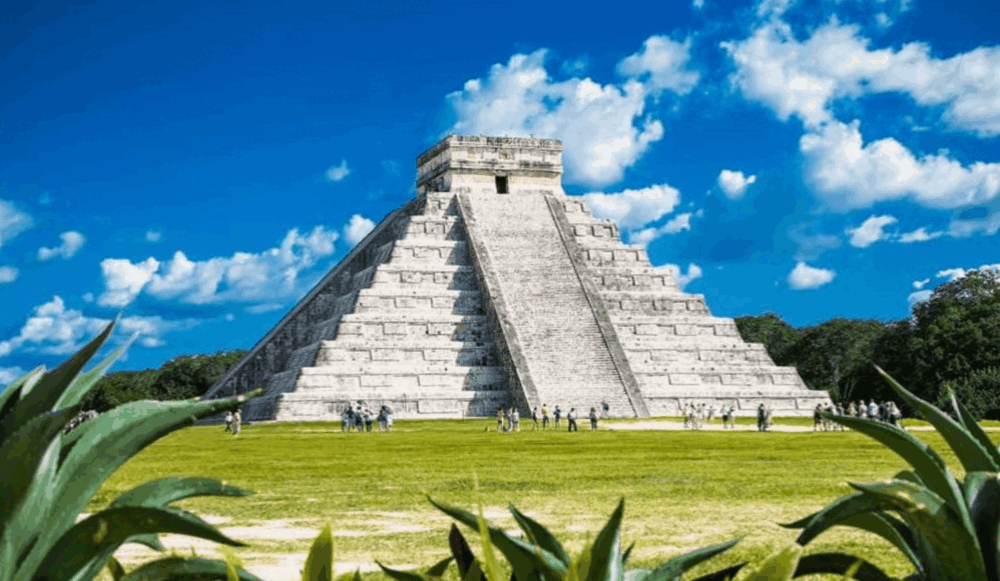
Mexico has a rich culture and is worth learning about and visiting.
As we conclude our exploration of Mexico's rich culture and heritage, there's no better time to sign up for Houston Spanish language classes and immerse yourself in the vibrant world of Spanish-speaking countries. Whether you're drawn to Mexico's fascinating history, its mouthwatering cuisine, or its breathtaking landscapes, mastering the Spanish language will enrich your understanding and appreciation of this diverse nation


